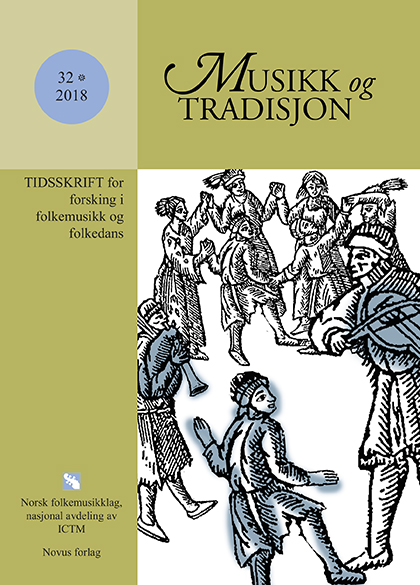Abstract
The intonation patterns in traditional Norwegian folk songs have been de-scribed and measured in various ways for more than a hundred years. This article provides a historical summary of research in this area and introduces a new software for measuring tone heights. This is exemplified through our analysis of an unaccompanied folk song, "Der æ so vent å vestoheio", recorded by the Norwegian Broadcasting Corporation (NRK) in 1951, performed by Gro Heddi Brokke (1910-1997) from the valley of Setesdal. The 5th and octave scale degrees stand out as the most stable throughout the tune, with a lot of variation in the thirds, sixths, and even the tonic. In spite of this vari-ation, the performance comes forward as both confident and stable; the vary-ing intonations appear controlled - they are not performer mistakes. Still, our findings suggest that tones of longer duration seem to vary less in into-nation than shorter notes. We show how our software can be used in combi-nation with manual analysis, and argue that automated pitch analysis may be useful also in the analysis of larger collections of Norwegian folk music.
This work is licensed under a Creative Commons Attribution-NonCommercial-ShareAlike 4.0 International License.
Copyright (c) 2019 Åshild Watne, Kristian Nymoen

